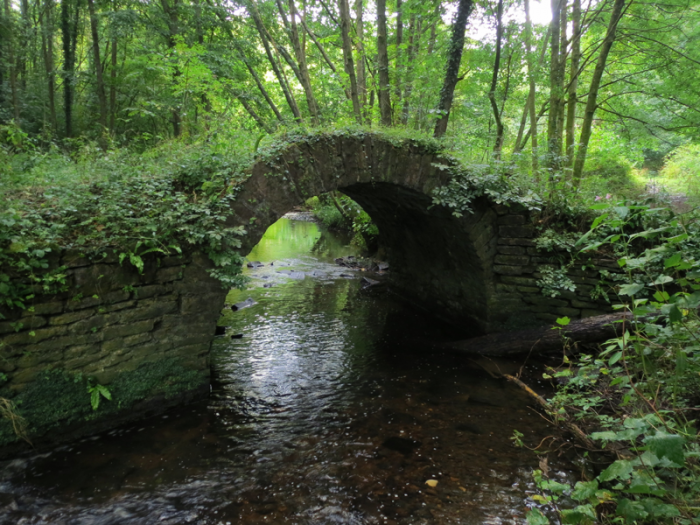A project involving significant involvement by local community groups was undertaken for Heritage & Regeneration Solutions Ltd to prepare an archaeological site audit as part of a Built Heritage Strategy for the Forest of Dean. The audit was designed to interrogate the regional Historic Environment Register (HER) held by Gloucester County Council, to provide an assessment of the importance of, and current condition of, some of the Forest of Dean’s regionally and nationally important archaeological sites. The study area largely comprised the Hundred of St Briavels with an additional area located to the south measuring a little under 8km2, giving a total study area of 193km2.
The Audit collated details of known archaeological and historic sites and features as recorded on the regional HER. Thanks, in part, from the involvement of members of the local community, it also included sites previously unrecorded on the HER. This information was interrogated to produce a shorter list of sites by applying numerous filters to the large HER data.
Subsequent, site visits were undertaken by archaeologists trained in historic building recording accompanied by local community groups. Written, photographic and drawn records of the sites were made. Some of the structures were overgrown and in a poor state of repair, so access was limited. However, information was recorded that proved to be of great value to the both the Audit and for inclusion in the HER.
The completed Audit considered the site category, site type, site condition, site period, accessibility and existing themes drawn up by other partner projects. It also considered the likely significant effects of the Built heritage Strategy and how its legacy might be felt by particular sites. Both potential ‘direct’ and ‘indirect’ effects on the historic environment were considered.
The involvement of community groups in the survey helped to raise local knowledge and appreciation of the sites, many of which are of at least regional importance. Plans for future schemes aimed at recording, assessing and preserving the sites will no doubt be more likely to succeed because of this increased awareness.


